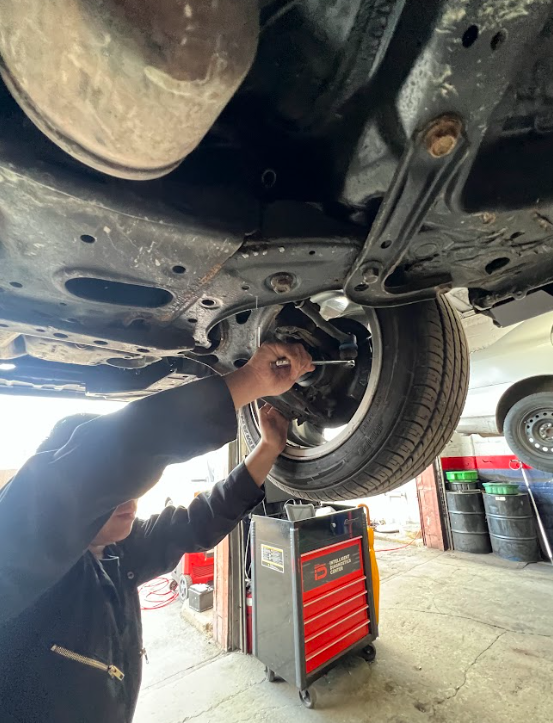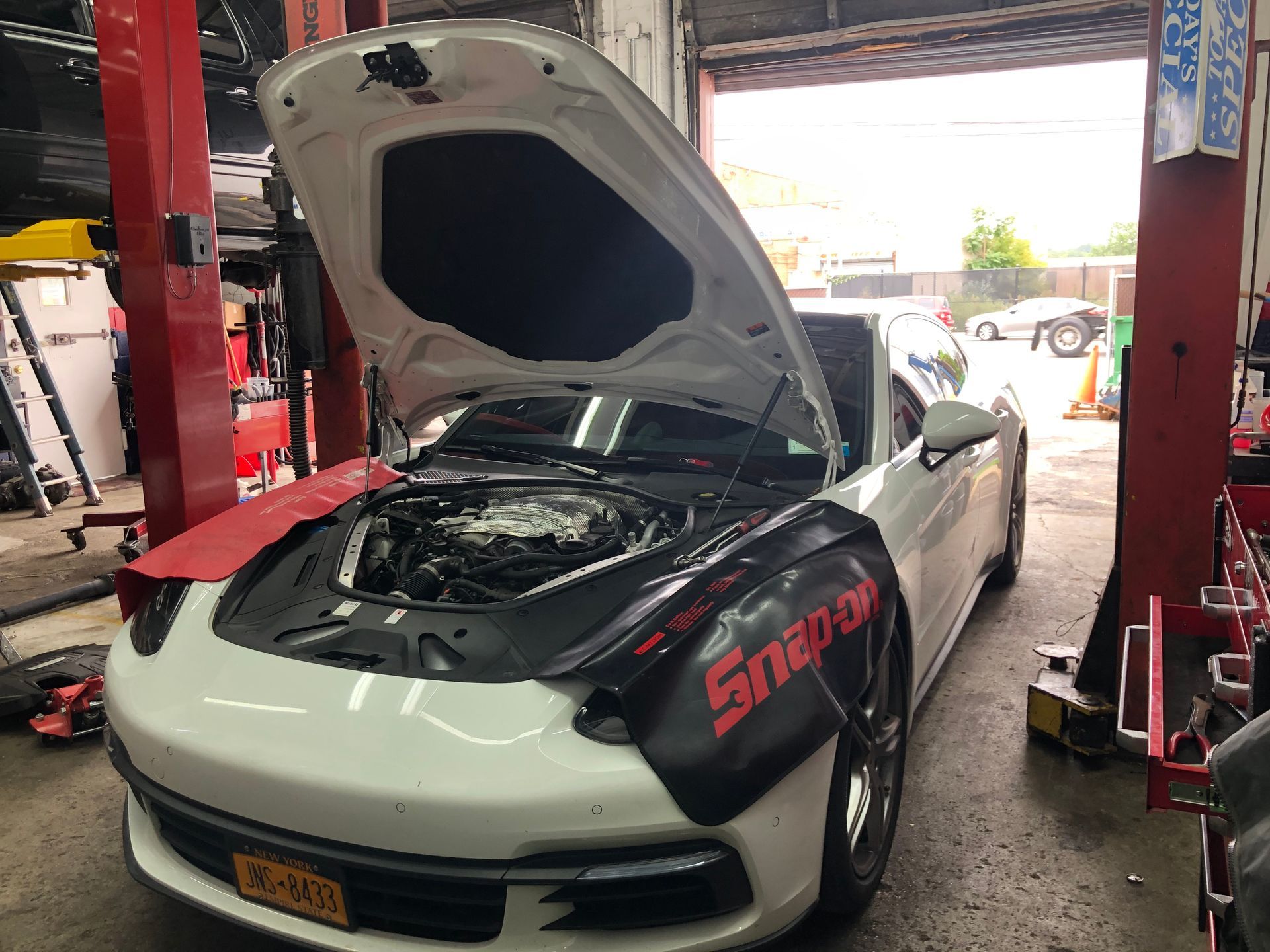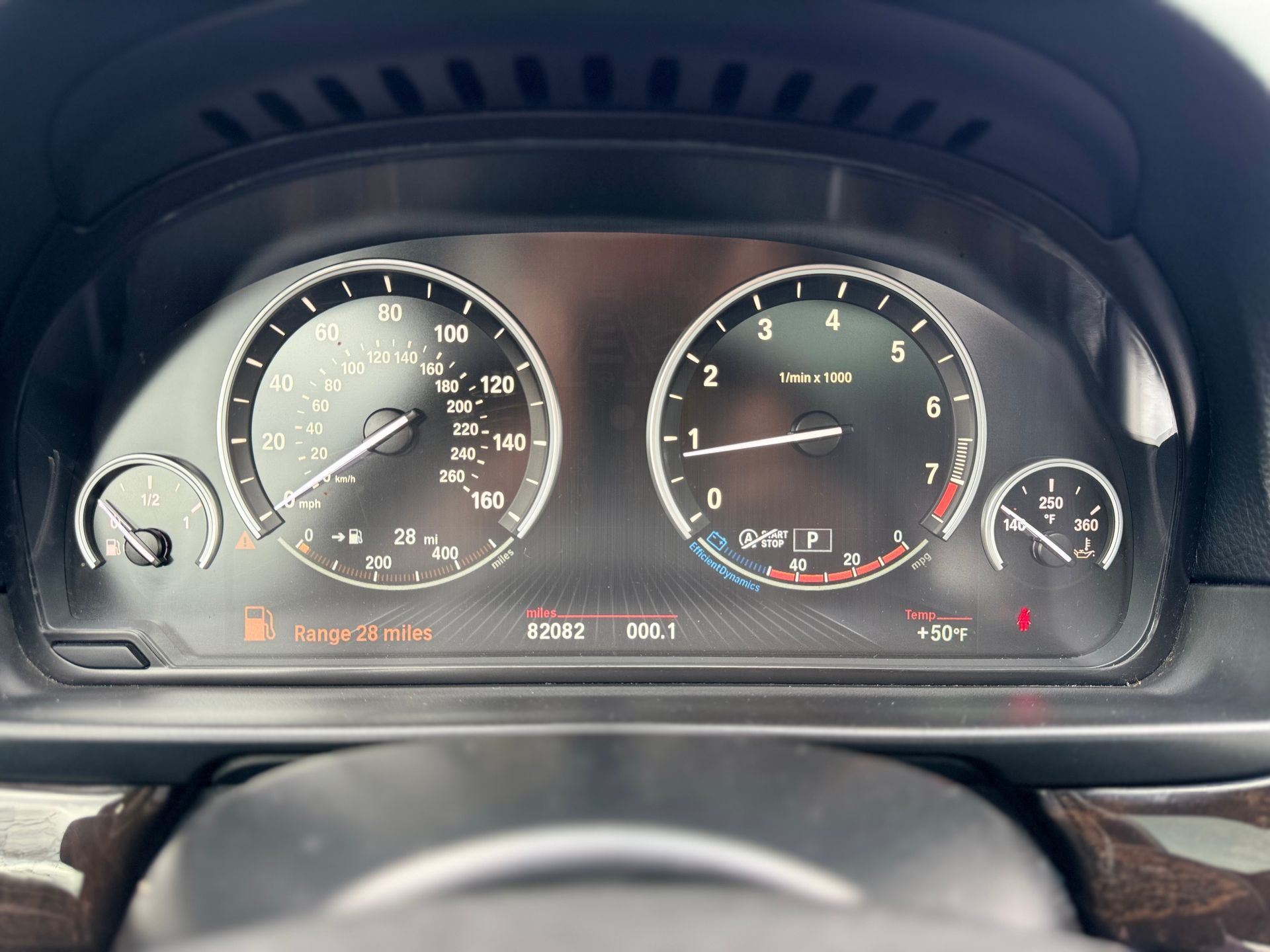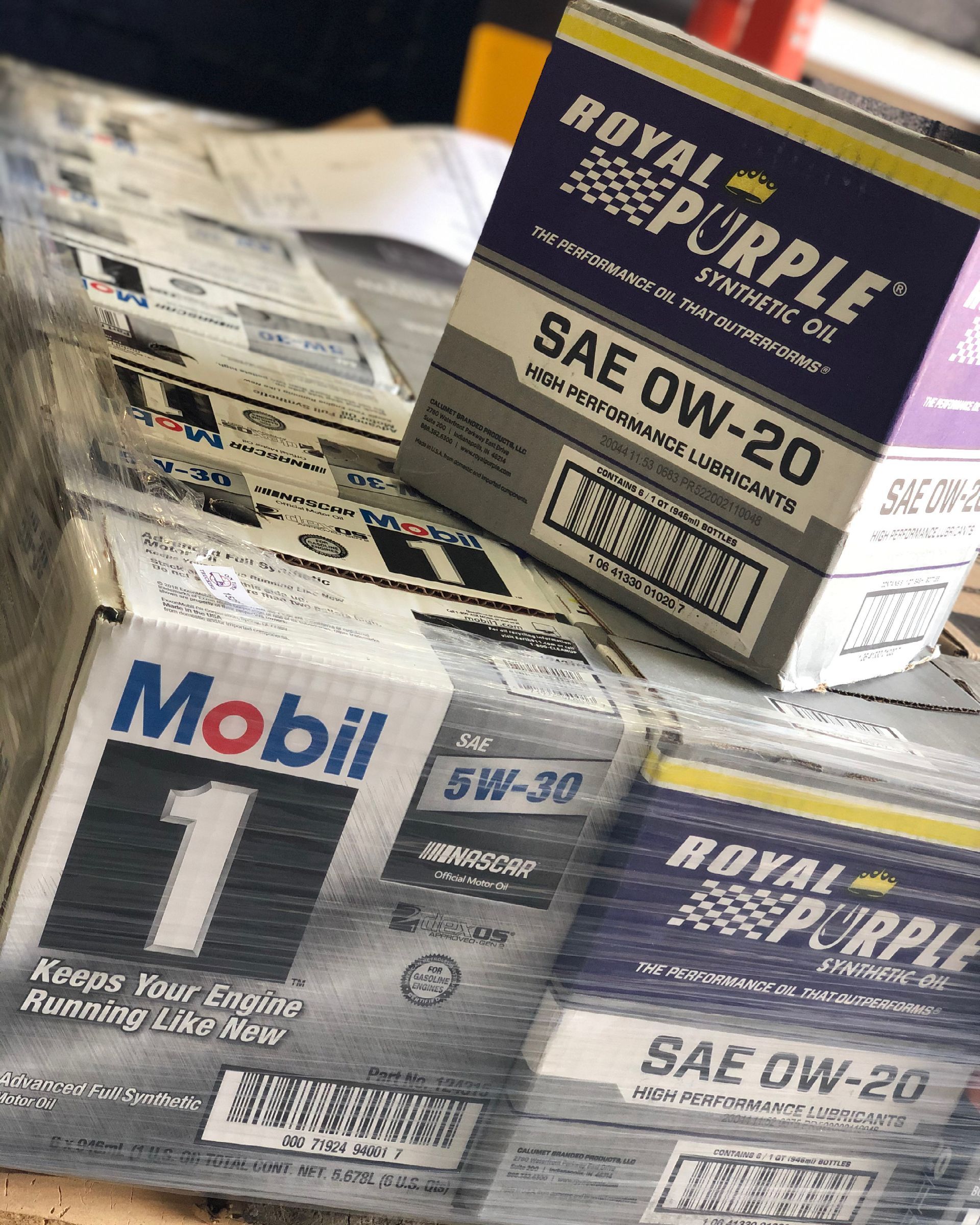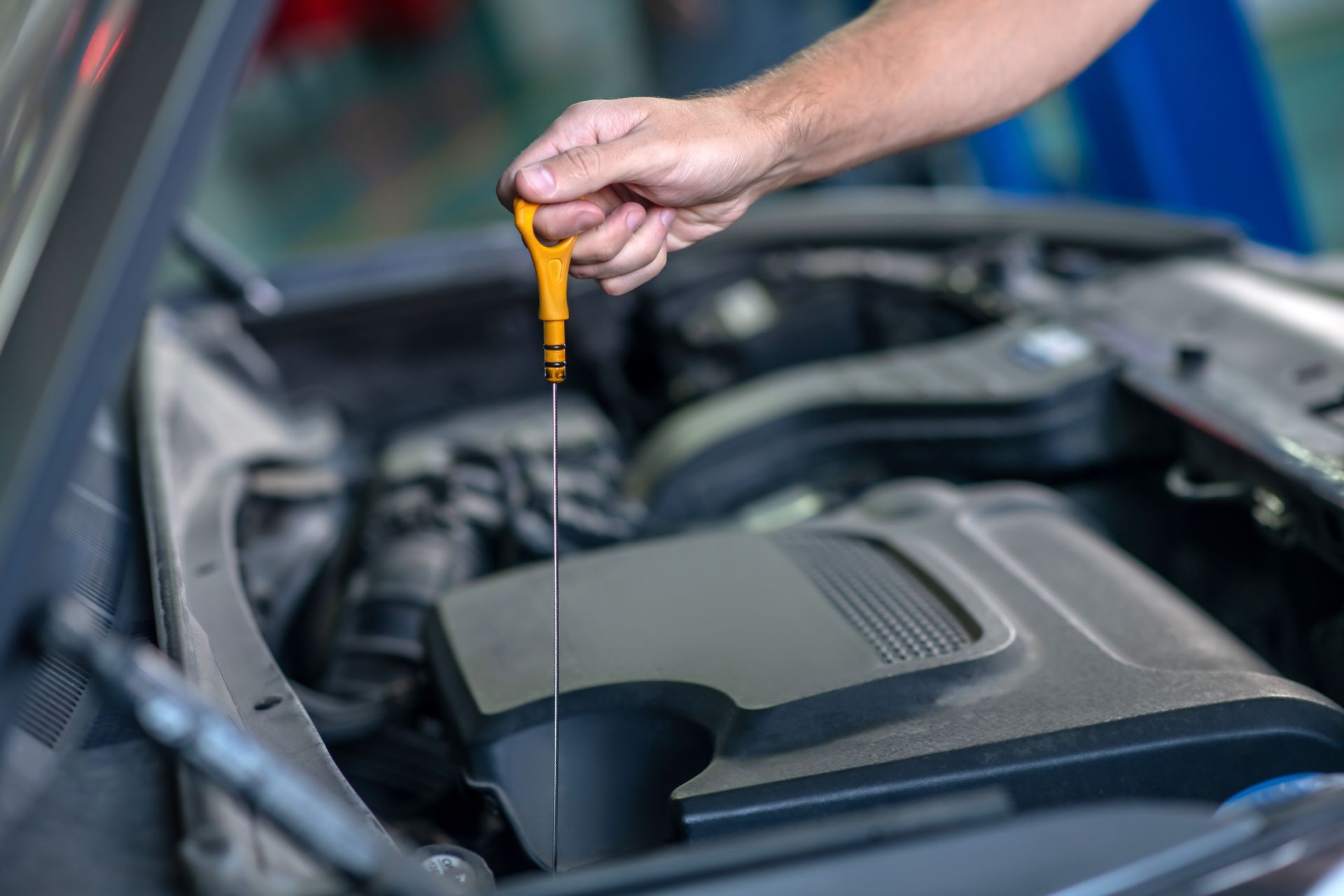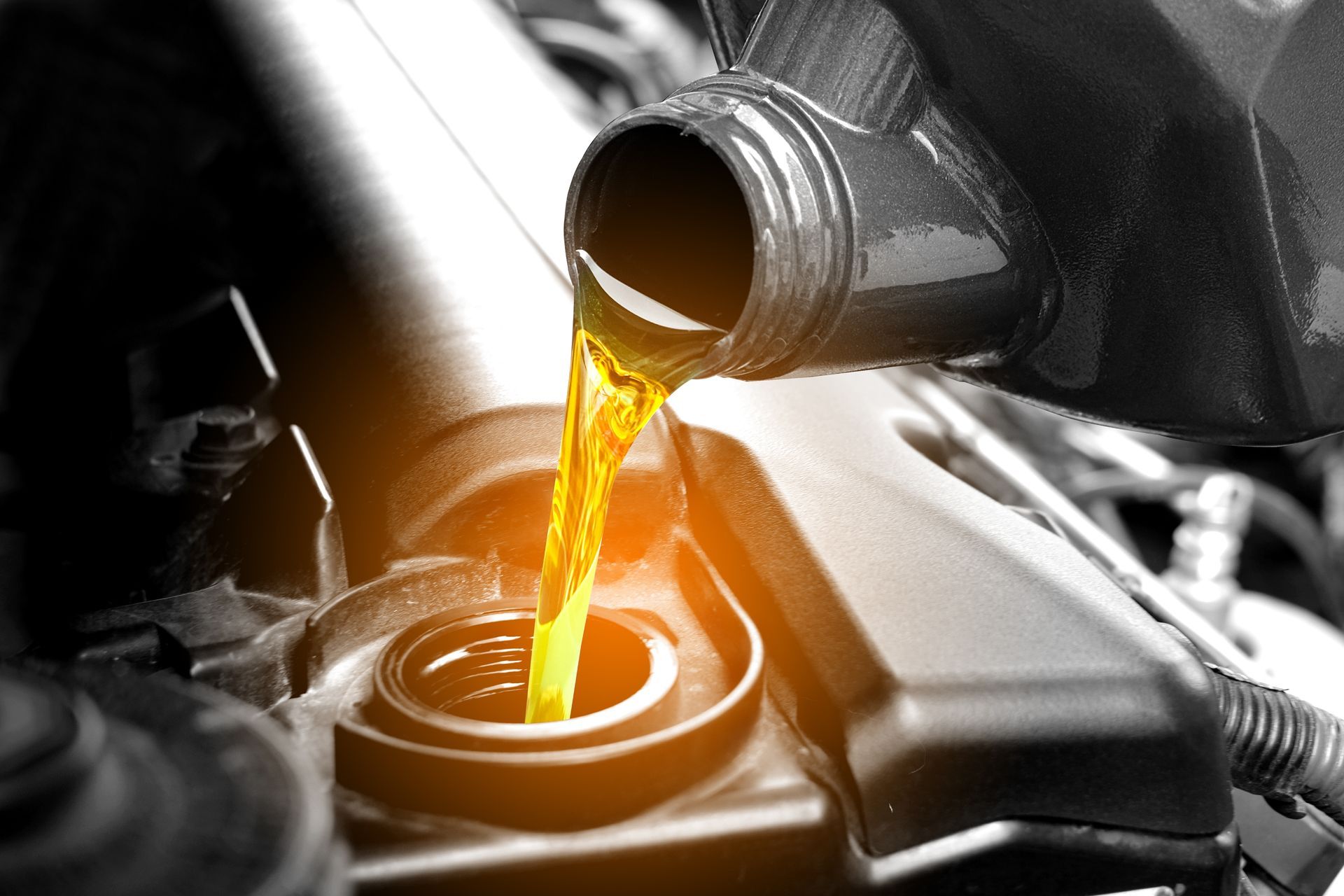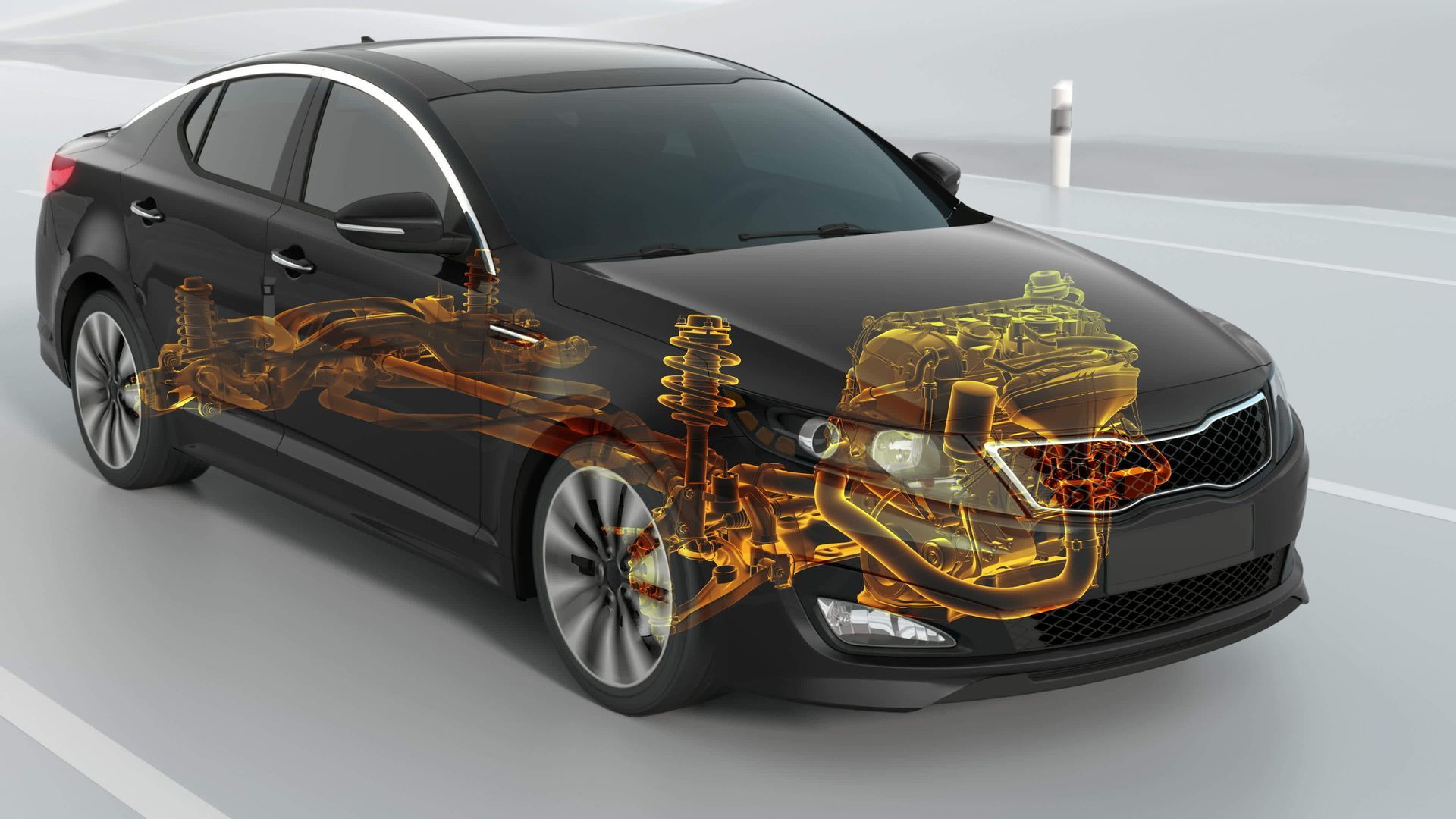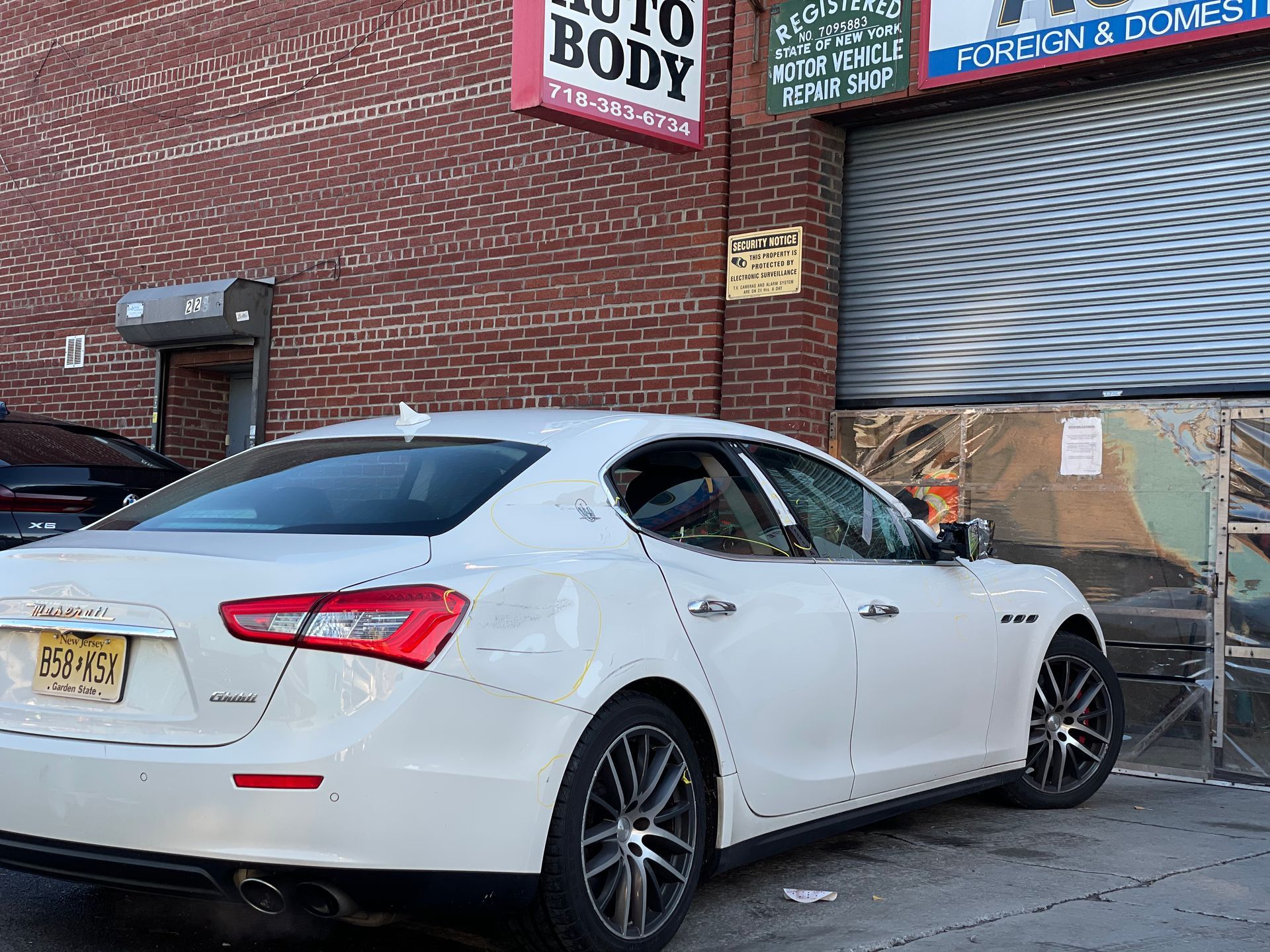Service Center
Loading ...
Missing business hours data / Error occurred while getting the data.
Collision Center
Loading ...
Missing business hours data / Error occurred while getting the data.
Loading ...
Missing business hours data / Error occurred while getting the data.
Loading ...
Missing business hours data / Error occurred while getting the data.
Loading ...
Missing business hours data / Error occurred while getting the data.
What tire pressure is too low
What tire pressure is too low
How to know if you have a faulty bearing
Table of Contents:
- Introduction
- Understanding Wheel Bearings
- Signs of Faulty Wheel Bearings
- Identifying Bad Wheel Bearings
- Bearing Diagnosis Techniques
- Recognizing Bearing Issues
- Conclusion
Introduction
Wheel bearings play a crucial role in the smooth operation of your vehicle's wheels. When they are functioning properly, you may not even notice them. However, when wheel bearings begin to fail, they can cause a range of issues that affect your vehicle's performance and safety. In this guide, we'll explore how to recognize signs of faulty wheel bearings, identify bad bearings, and diagnose bearing issues.
Understanding Wheel Bearings
Wheel bearings are small, circular components that allow your vehicle's wheels to spin freely with minimal friction. They are typically made of steel or ceramic and are housed within a hub assembly. Wheel bearings are subject to wear and tear over time, especially in vehicles that are driven frequently or in harsh conditions.
Signs of Faulty Wheel Bearings
Recognizing the signs of faulty wheel bearings is essential for maintaining the safety and performance of your vehicle. Some common signs include:
- Grinding or growling noise coming from the wheels, especially when turning or driving at higher speeds.
- Vibrations or wobbling sensations felt in the steering wheel or vehicle floor.
- Uneven tire wear, which may indicate that the wheels are not spinning freely due to bearing issues.
- Excessive play or looseness in the wheel when it is jacked up off the ground.
Identifying Bad Wheel Bearings
To identify bad wheel bearings, you can perform a few simple checks:
- Listen for unusual noises: Pay attention to any grinding, growling, or rumbling noises coming from the wheels while driving.
- Check for vibrations: If you feel vibrations or wobbling sensations in the steering wheel or vehicle floor, it could indicate bearing problems.
- Inspect tire wear: Uneven tire wear, such as cupping or feathering, may suggest that the wheels are not rotating properly due to bearing issues.
- Test for play: With the vehicle safely lifted off the ground, grasp the top and bottom of the tire and attempt to wiggle it. Any excessive play or looseness could indicate a worn or damaged wheel bearing.
Bearing Diagnosis Techniques
Diagnosing faulty wheel bearings may require the following techniques:
- Visual inspection: Check for any signs of damage or wear on the wheel bearings, such as rust, pitting, or excessive play.
- Listening for noises: Use a stethoscope or similar tool to listen for abnormal sounds coming from the wheel bearings while the vehicle is in motion.
- Road test: Take the vehicle for a test drive to replicate the symptoms and determine if they are related to the wheel bearings.
Recognizing Bearing Issues
It's crucial to recognize bearing issues promptly and address them to prevent further damage or safety hazards. Ignoring signs of faulty wheel bearings can lead to wheel separation, loss of control, and potential accidents. If you suspect that your vehicle has bad wheel bearings, it's best to have them inspected and replaced by a qualified mechanic.
Conclusion
Faulty wheel bearings can compromise the safety and performance of your vehicle, leading to a range of issues such as unusual noises, vibrations, and uneven tire wear. By recognizing the signs of faulty wheel bearings, identifying bad bearings, and diagnosing bearing issues early on, you can ensure the smooth operation of your vehicle and minimize the risk of accidents or breakdowns. For professional inspection and replacement of faulty wheel bearings, contact us at 718.383.6734 or visit bluestarbrothers.com.
How often should i rotate my tyres
Service Center
Loading ...
Missing business hours data / Error occurred while getting the data.
Collision Center
Loading ...
Missing business hours data / Error occurred while getting the data.
Loading ...
Missing business hours data / Error occurred while getting the data.
Auto Spa & Detailing
Blue Star Brothers - Glendale 79-59 Cooper Ave, NY, NY 11385 (718) 712-0015
Blue Star Brothers - Brooklyn, 222 India St Brooklyn, NY 11222 (718) 383-6734
Blue Star Brothers - Auto Spa, 222 Eagle St. Greenpoint, NY 11222 (718) 383-6734





